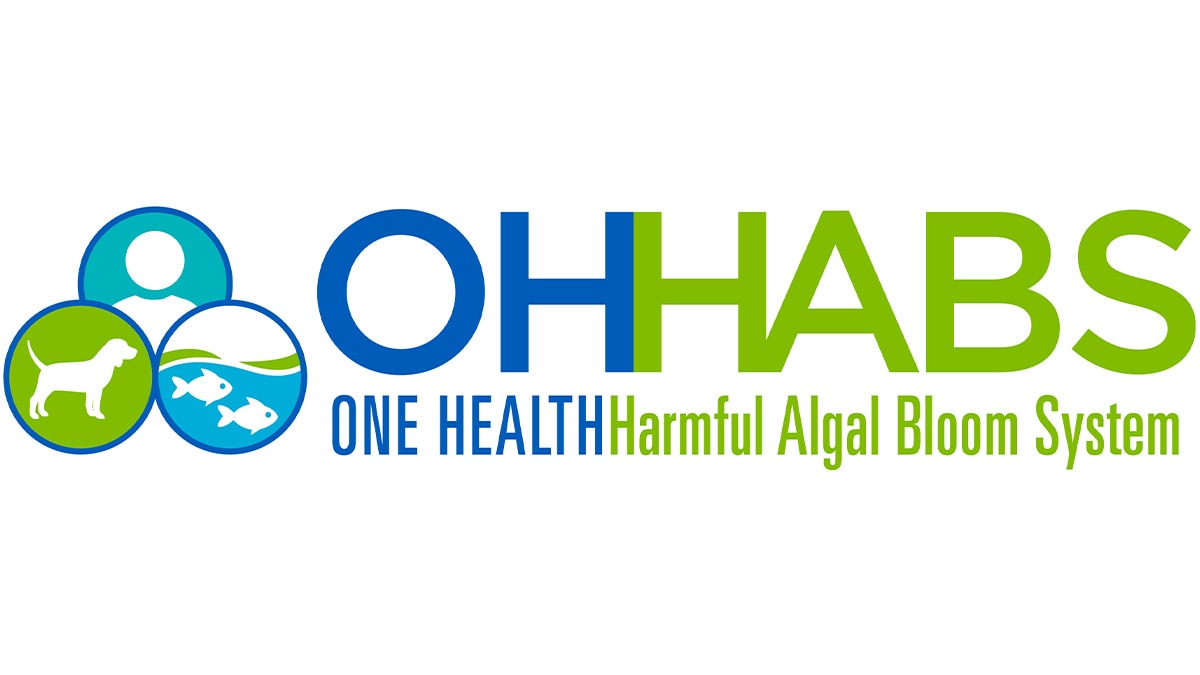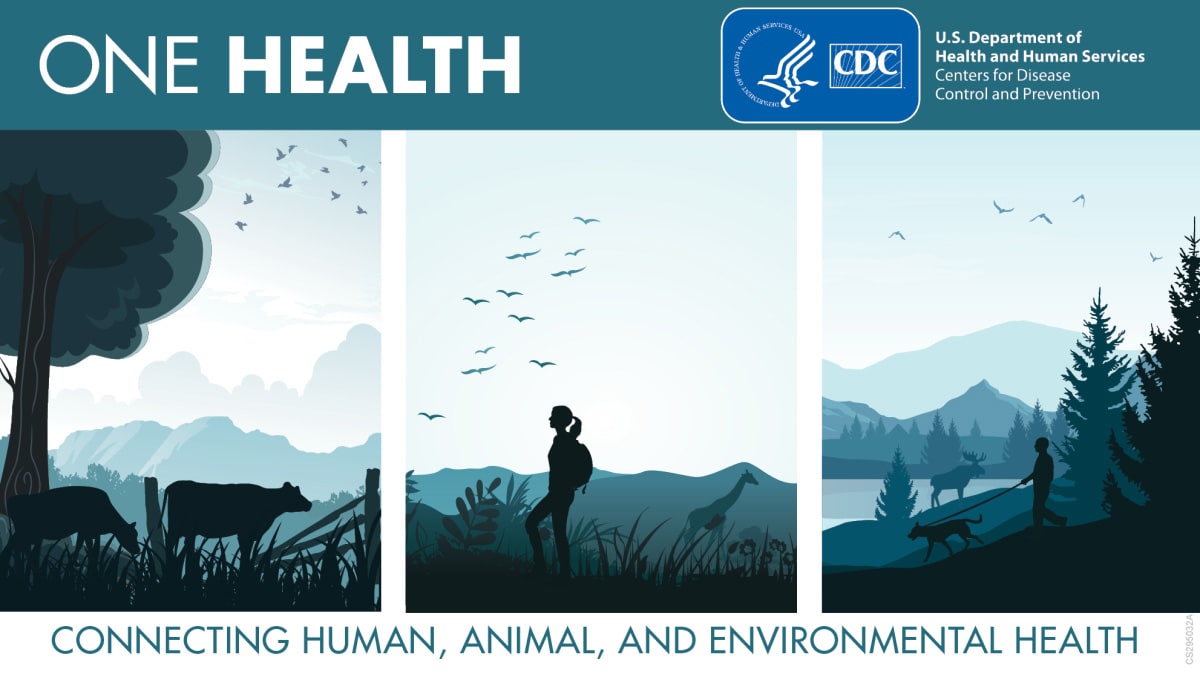Key points
- CDC's One Health Harmful Algal Bloom System (OHHABS) collects data about harmful algal blooms and the human and animal illnesses they cause.
- State and territorial public health departments voluntarily report to OHHABS.
- OHHABS is a reporting system that gathers information to better understand harmful algal blooms and prevent associated illnesses.

Overview
CDC launched OHHABS in 2016. It is the only national public health system that collects information about harmful algal blooms and the illnesses they can cause in humans and animals.
OHHABS data help us better:
- Define patterns of occurrence
- Protect water and food supplies
- Communicate with the public to prevent future illnesses
OHHABS is a One Health system
OHHABS is an example of One Health surveillance. The One Health approach improves surveillance and health outcomes by recognizing that the health of humans is connected to the health of animals and the environment.

What's collected
OHHABS collects reports about harmful algal blooms in fresh, salt, or brackish (mix of fresh and salt) water and associated human or animal illnesses. If no human or animal illnesses are identified, health departments or their partners can report just the harmful algal bloom.
OHHABS reports provide a summary of what happened. Health departments or their partners usually enter data after a harmful algal bloom has ended and they have investigated any illnesses.
Data categories and descriptions
Harmful algal blooms
- The location and description of a HAB in any water body, including lakes, coastal water bodies, and brackish (mix of fresh and salt water) water bodies Cases of human illness caused by HABs
Food sources
- For foodborne illnesses caused by HAB toxins with no observed HAB, users can report the most likely food source, such as the seafood catch or harvest location
Human illnesses
- Cases of human illness caused by HABs
Animal illnesses
- Cases of animal illness caused by HABs, including in HABs, including in pets, livestock, and wildlife
Reporting in OHHABS
Health departments in U.S. states and territories are the primary reporters to OHHABS. These health departments work with additional partners to identify harmful algal blooms and human and animal illnesses. In most cases, health departments report directly in OHHABS, but they can also designate animal health and environmental health partners to report.
Download the OHHABS Reporting Infographic for more information.
Follow the guidelines below to report to OHHABS:
If you are a public health, environmental health, or animal health professional, contact your state's OHHABS Reporting Site Administrator (RSA) to gain access. Email OHHABS@cdc.gov for assistance on identifying or contacting your state's OHHABS RSA.
If you are a healthcare provider or veterinarian, please report illnesses caused by harmful algal blooms to your local or state health department.
If you are a member of the public and would like to report a harmful algal bloom or related illness, please contact your local or state health department.
